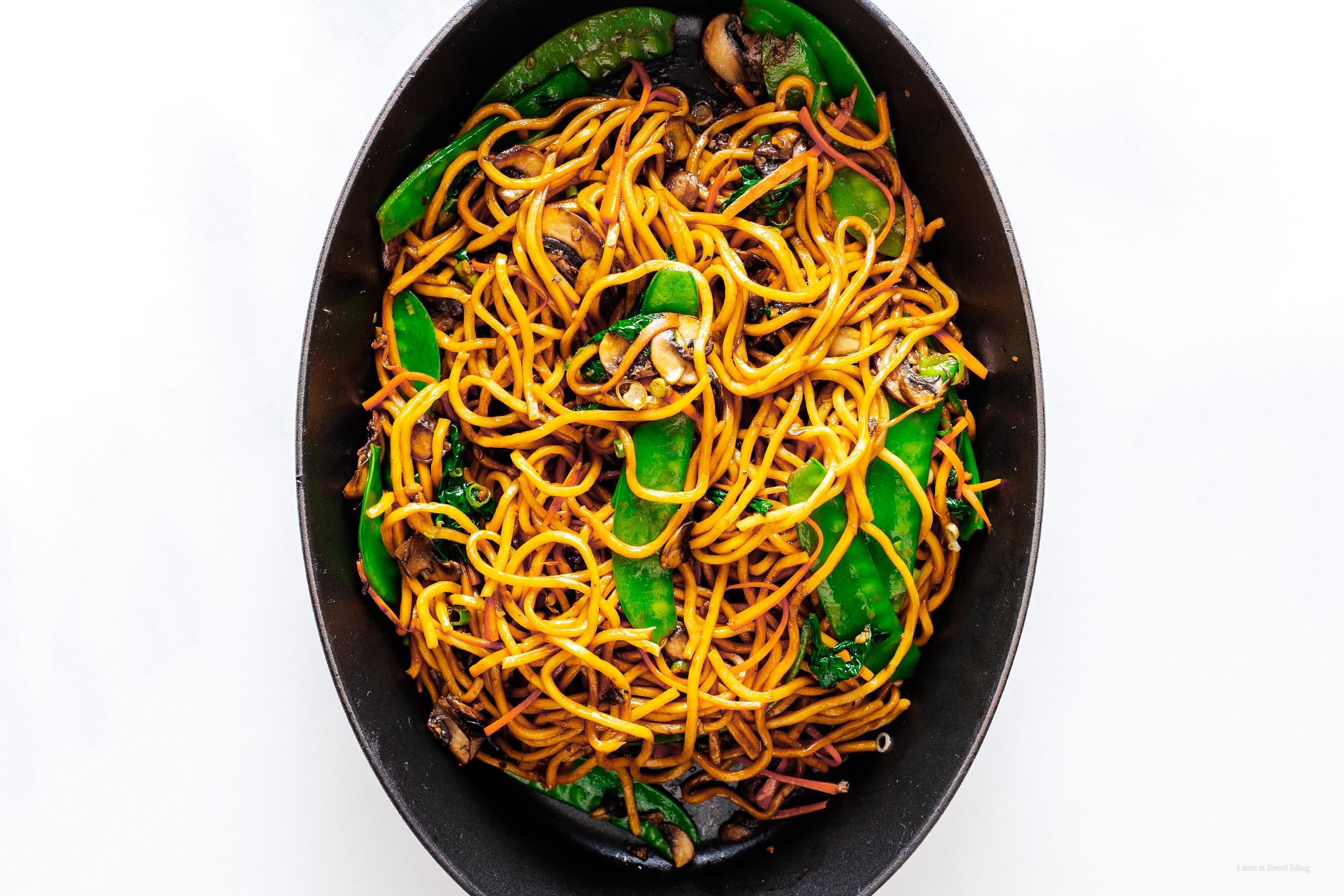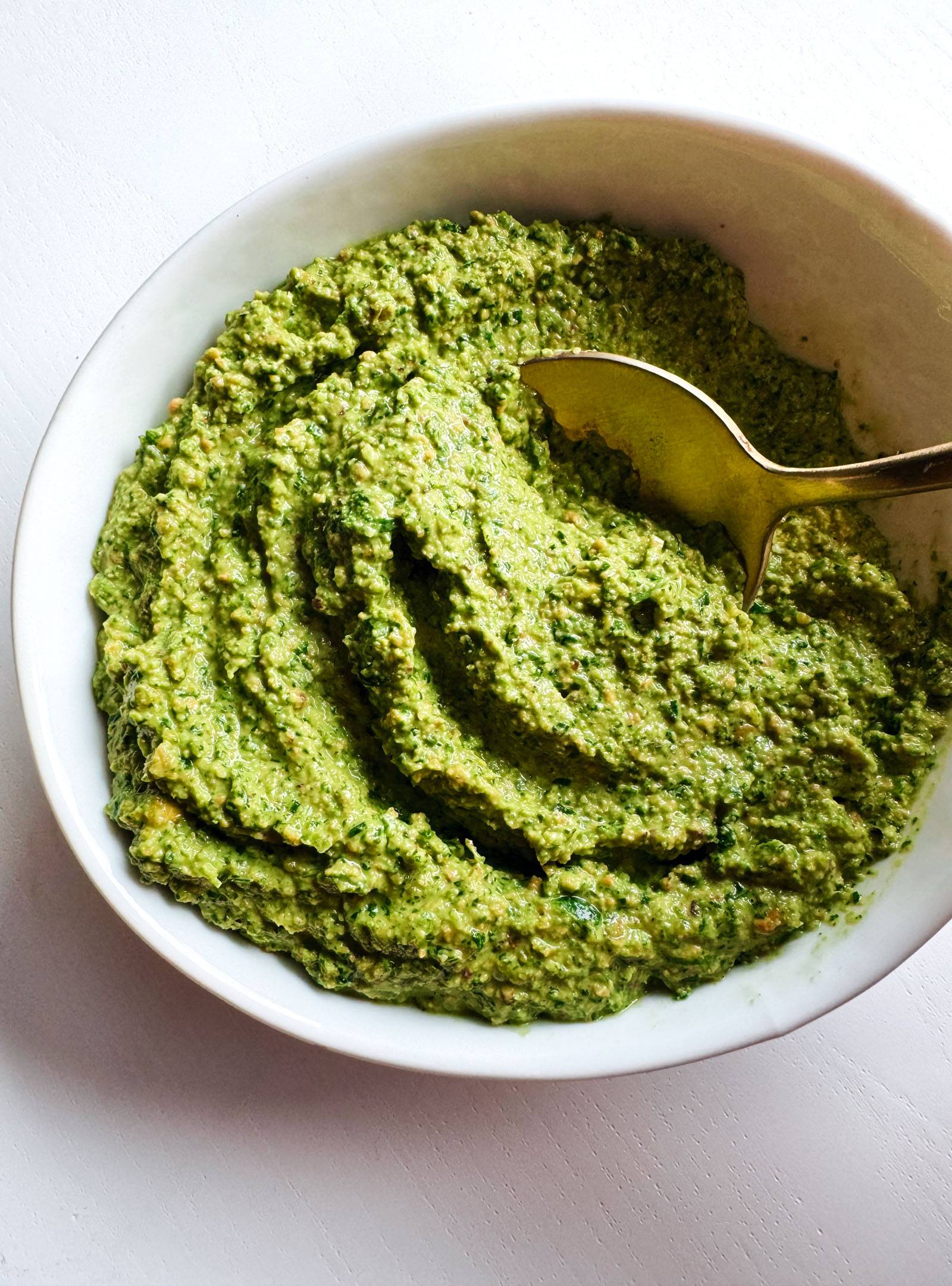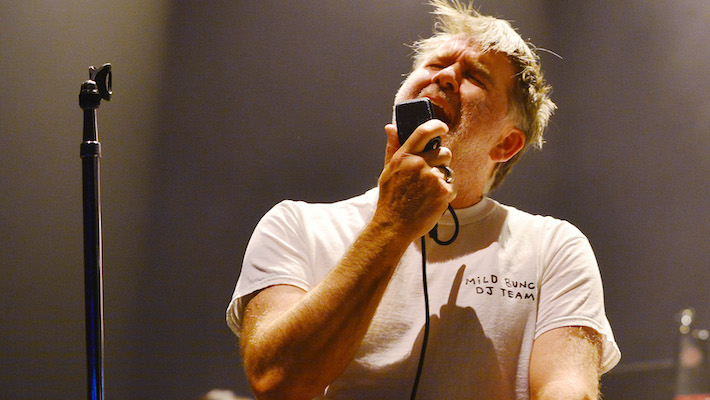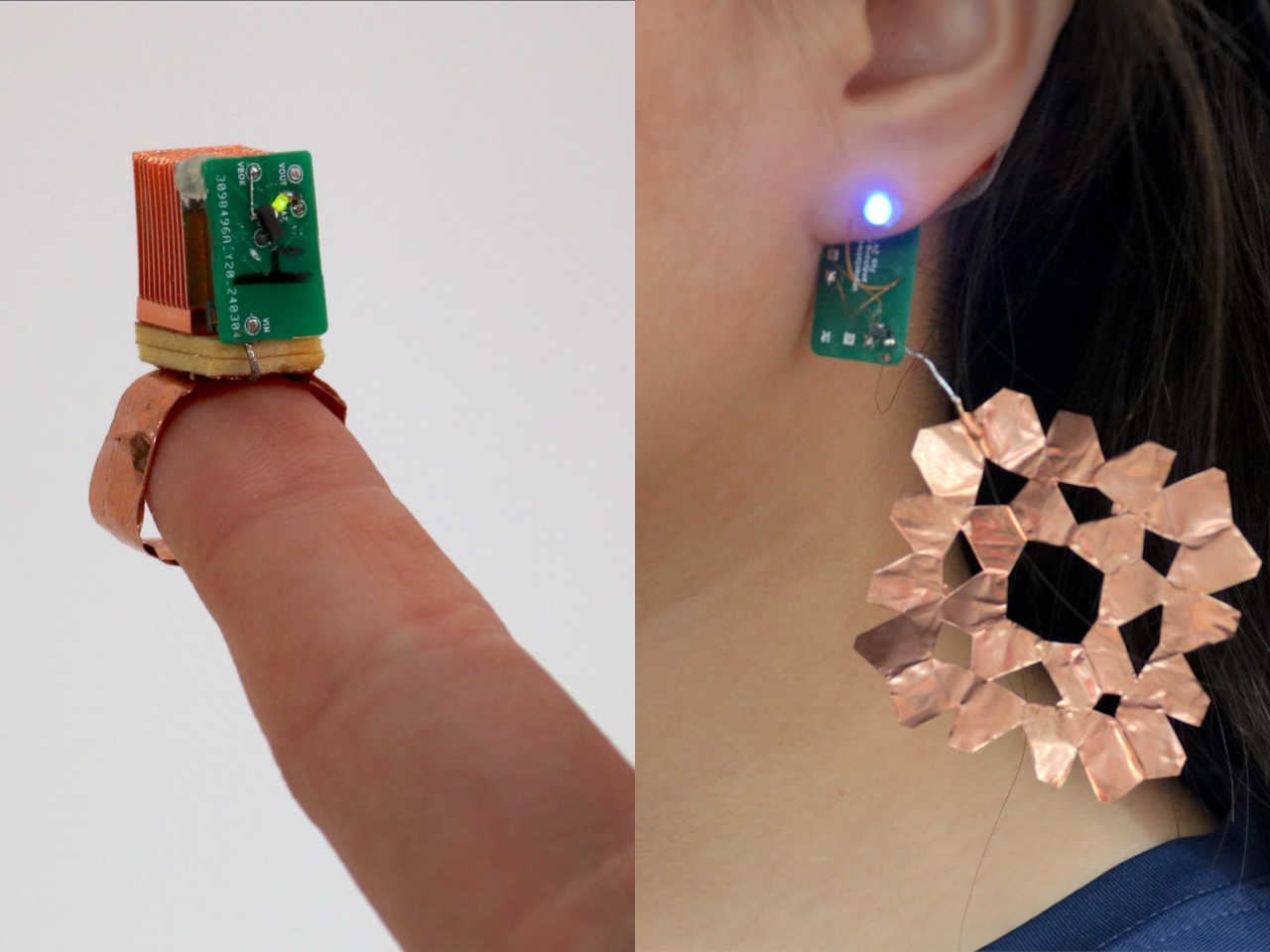The LA Fires Exposed the Inequity at the Heart of GoFundMe
GoFundMe campaigns tend to favor the white and wealthy. After the Eaton fire, Altadena’s Black community is fighting back. The post The LA Fires Exposed the Inequity at the Heart of GoFundMe appeared first on The Intercept.

As the Eaton fire swept through Altadena, California, Mai-Lin Graves came to a brutal realization: The victims were people she grew up with.
“That’s my old elementary school teacher, that’s the person that used to pick us up at the Boys and Girls Club, that’s my old friend from elementary school — everybody had lost their housing,” she said. Graves, who had moved to New York for work, began reposting their GoFundMe campaigns to feel closer to home.
Cierra Black, a Los Angeles resident and a friend of Graves, had been doing the same thing, feverishly reposting the waves of GoFundMe pages of Black families who had lost their homes in Altadena and Pasadena. They both knew the community’s history and what was at stake of being lost: a place where Black families had settled after leaving the Jim Crow South, and where Black Angelenos who were displaced from their South Los Angeles neighborhoods by freeway construction projects in the 1950s had bought homes. Despite redlining and racist real estate practices in Altadena, multiple generations of Black Angelenos called the neighborhood home.
The Eaton fire destroyed more than 9,000 structures and killed at least 17 people, with at least 24 people reported missing. Many of the dead were Black elders from the community who had remained in their homes amid delays in evacuation orders.
National news coverage in the early days of the fire, however, tended to focus on the Palisades fire, which burned on the other end of the county and had decimated a wealthy coastal neighborhood. Stories focused on celebrities who had lost their homes or dramatic images of mansions burning along the iconic Pacific Coast Highway. Graves and Black feared a similar dynamic would be play out in crowdfunding, with the Black families of Altadena going overlooked.
Black, who is a freelance journalist, began working with Leslie Vargas, her editor at AfroPunk, to compile the GoFundMe campaigns of Black families affected by the Eaton fire. They called the spreadsheet “Displaced Black Families GoFundMe Directory” and shared it on the AfroPunk Instagram account to its 1.1 million followers. Graves joined the effort, vetting submissions. As a part of a wellspring of mutual aid that sprung up across the region, the list spread widely across social media. And it started to have an impact. One of Graves’s childhood friends who added their campaign to the list saw their donations double within the same day. Within a week, the list has grown from a few dozen campaigns to more than 700 that have raised a total of more than $17 million.
Such effort is necessary to overcome negative perceptions and structural racism, the organizers said. “When it comes to relief, certain people are automatically deserving, and others you have to question if they’re deserving or not,” Black said. “That definitely applies to a lot of working-class Black people, or even Black people across the spectrum.”
Her concerns of inequality within giving are especially true as charity has shifted toward GoFundMe.
Since its launch in 2010, GoFundMe has established itself the prevailing way for individuals to fundraise online. Raising and distributing $30 billion since its founding, the privately held, for-profit site, which rakes in millions in revenue each year through donation fees and tips, has become the world’s biggest crowdfunding platform and the go-to way for Americans in crisis to give to one another.
The site allows individuals to craft their own calls for aid — whether it’s for spiraling health care costs, natural disasters, or other emergencies. It helps people raise funds in cases where government aid may fall short or is absent altogether. In the last several weeks, GoFundMe has raised more than $200 million in fire-related donations, according to the company. That sum nearly equals all disaster-related relief fundraised on the platform in 2024. Over the past five years, GoFundMe has also seen a 90 percent increase in disaster-related fundraising.
The platform, however, is also rife with inequality. A growing body of research has shown that GoFundMe amplifies existing biases within aid and, in some cases, exacerbates them. Its fundraisers tend to favor wealthy and highly educated people, according to such studies.
Individuals who reach their fundraising goals are often those who need it the least. About 40 percent of all campaigns related to the pandemic didn’t raise any money at all. White campaigners tend to get more money than their counterparts who are Black or Hispanic.
Graves and Black hope their fundraising campaign can push back on racial disparities and also America’s neoliberal views on charity, which focus on the individual over the collective and trust the free market above all else.
“That’s why it’s important to center their humanity, center their stories,” Graves said. “It’s just been beautiful to see the amount of people contributing to this list.”
The Rich Get Richer on GoFundMe
After the Marshall fire ripped through Boulder County, Colorado, in December 2021 and January 2022, killing two people and destroying more than 1,000 homes, two researchers at the University of Colorado Boulder noticed something peculiar. Some of the GoFundMe campaigns from friends and acquaintances who had lost their homes took off, raising tens of thousands of dollars. Others struggled. “Why are some people raising so much money and others so little?”
“This begged the question,” said Emily Gallagher, a professor of finance at CU Boulder’s Leeds School of Business. “Why are some people raising so much money and others so little?”
Gallagher and fellow researcher Tony Cookson looked at the GoFundMe campaigns of nearly 500 people in Boulder County who had lost their homes to the fire and analyzed their credit information. People with household incomes of $120,000 or more raised 25 percent more money than those with household incomes below $78,000. People with bad credit or delinquent accounts raised less than those with good credit histories.
Much of this inequality was driven by people’s social networks: Wealthier people tend to have wealthier friends. And wealthy people often had the benefit of friends starting and managing the GoFundMe campaigns for them.
Cookson observed similar inequalities in the aftermath of the deadly fires in Maui in 2023. He and Gallagher said they are interested in collecting data in the Los Angeles fires, mostly due to the disparity between the Pacific Palisades and Altadena neighborhoods. They both suspect a similar dynamic is already playing out.
While Altadena is not poor, with a median household income of around $123,000, according to census data, the Pacific Palisades is among the wealthiest ZIP codes in LA with a median household income at nearly $200,000. Even within Altadena, there is variance with income: A GoFundMe page shared by actor-singer Mandy Moore for her brother-in-law who lost their Altadena home in the Eaton fire kicked off an intense debate about who in society should be soliciting others for help.
“You can see the differences across neighborhoods pretty starkly in the California fires,” Cookson added. “And one of the things that dismays me, looking at headlines, is that you see people who are in some of the richer neighborhoods getting more attention to their locality, and I feel for more of the working-class areas.”

Like Products on Amazon
For a platform built around help, GoFundMe can feel like a competition.
Like other for-profit social media platforms, GoFundMe plays a central role shaping how users find information and the decisions they make, said Nora Kenworthy, a researcher with the University of Washington and author of “Crowded Out,” which looks at the consequences of crowdfunding around health care issues.
“That becomes especially consequential with a platform like GoFundMe because people are literally making life-or-death decisions” about who to help and how much to give, Kenworthy said. “Those are really challenging decisions to put onto individuals, and oftentimes the kinds of inequities that all of us are part of get amplified in that space.”
In one study, an individual she surveyed refused to give to a GoFundMe campaign of a person who had severe need but was struggling to raise money. Instead, they donated to someone else who had a more polished page and had raised more money. The donor, she said, equated the struggling page to a product “not having any reviews on Amazon.”
“When we start to read people’s stories of need through the lenses on which we look at products on Amazon … that can cause a lot of unintentional harm,” Kenworthy said.
Such harm also manifests along the lines of race.
A 2020 study that Kenworthy helped lead showed that Black people are often underrepresented among the total number of those who make GoFundMe campaigns, especially Black women. Black women make up roughly 14 percent of the population but are behind only about 7 percent of all campaigns created by women. White women made up 84 percent of the campaigns, the study found.
Another study of 800 viral GoFundMe campaigns that raised more than $100,000 for medical emergencies found a similar disparity. White people were beneficiaries in 80 percent of the fundraisers, while Black people made up only 3 percent of the viral campaigns. A mere 5 recipients were Black women.
Kenworthy suspected that similar patterns might be playing out across LA-area GoFundMe campaigns, she also noticed there is a level of awareness of inequality in the ways people are helping each other in LA, crediting the vast network of mutual aid groups. Along with the Displaced Black Families list, organizers and POC communities have established lists for Latine, Filipino, and Asian and Pacific Islander families, as well as displaced people with disabilities.
Missing Campaigns
GoFundMe itself has made efforts to streamline fundraising amid the Los Angeles fires. Atop its homepage is a link to a curated list of campaigns for people who were affected by California’s recent wildfires, including those affected by Palisades and Eaton fires.
An initial analysis by The Intercept looked at more than 1,300 LA County-based campaigns highlighted on GoFundMe’s curated California Wildfires relief list a week after the Eaton and Palisades fires began. Though the majority were fundraisers from the Altadena and Pasadena area, the analysis found that many campaigns for Black families were left out. Less than 40 percent of the fundraisers on the Displaced Black Families list were included in GoFundMe’s curated list.
“That’s definitely a troubling number to be left out,” Kenworthy said, when presented with the findings.
“I think this is reflective of some important questions users have about platform practices related to moderation, verification, and visibility,” she said, “which we know on other platforms can be substantially racially biased.”
GoFundMe said that before campaigns are added to its curated California Wildfires page, each campaign goes through “a robust human review,” which includes vetting by a computer system along with individuals on its trust and safety team who then manually add each campaign to the list. Such a review process may account for some of the missing campaigns.
A subsequent analysis about a week later showed that GoFundMe had added some of the missing campaigns to its curated list. However, about half of the entries on the Displaced Black Families list remain absent from GoFundMe’s California Wildfires page.
GoFundMe’s delay in highlighting these campaigns can have negative effects toward their ability to raise money. Success on GoFundMe and charitable giving often depends on how early and quickly a campaign launches after a crisis. Outside of those initial hours or days, building momentum is difficult.
Among those missing from GoFundMe’s fires page was a campaign for the family of a former elementary school teacher and longtime Altadena resident who lost their home; an elderly woman known as Grandma Dorothy whose home of more than 50 years burned down; and a family that lost a home where four generations had been raised. The family, including children, rushed from the home that had been purchased by their grandparents in 1974 after they had been awakened by flames burning in their backyard at 2 a.m. Their campaign has raised only about a third of its goal.
When asked whether GoFundMe’s vetting process includes consideration of equity issues, the company said it does not collect demographic data on its users, including age and race. GoFundMe also said it is working with organizers of the displaced Black, Latine, and Asian and Pacific Islander families lists.

Who Will Rebuild?
One week after the Eaton fire started, Graves is still learning of new losses. She had recently received word that the Black-owned martial arts studio that she had trained at as a child had been gutted by flames. So too was an elementary school and library. The park where she attended summer camps was closed due to fire damage, and the many trails in Eaton Canyon will be off-limits for months, if not years.
And with the fire under control, the challenge of rebuilding begins. In Altadena and north Pasadena, questions linger on whether its Black community will have the means to reconstruct all that was lost.
After the Marshall fire in Colorado, Gallagher and Cookson found in their 2023 study that families who raised successful campaigns on GoFundMe were more likely to rebuild their homes. But a survey found that even though around 85 percent of residents said they planned to rebuild, that number shrunk to about 60 percent within two years as monetary hardships mounted.
Graves and Black acknowledged the effort to rebuild Altadena will take years and will need more than just GoFundMe campaigns. Many of those who were displaced were elderly or disabled and may have less access to create something like a GoFundMe campaign, they pointed out.
Insurance reimbursements, FEMA assistance, and Small Business Administration loans will also prove vital for families looking to rebuild — although those government aid programs also carry their own issues of inequality. Black and Graves said they will continue their work in expanding the list for displaced families, and are focused on building out the infrastructure to distribute major donations, even beyond GoFundMe.
Even before the fires, Altadena’s Black population had begun to dwindle. In 2000, Black residents made up about one third of Altadenans, but by 2020, that number had been cut in half to about 16 percent in 2020, according to census data. Many locals, such as Graves, attribute such changes to gentrification and predatory developers. Yet there has been a resilient group that has refused to sell and has remained.
The Displaced Black Families list is one of the ways for the public to recognize the Black Altadena that is still there.
“It’s important to have a space where we can visibly see the amount of people that live in this area, all the people that have owned this land, who have owned their houses for generations,” Graves said. “So that we can really start to think about how we can contribute to these families now, but also think about what sort of systems can be created to really protect their land.”
She wondered what sort of policies can be put in place to prevent gentrification and make the community more resistant to fires and other climate-driven disasters.
“These are working-class Black people,” she said. “This was everything they had.”
The post The LA Fires Exposed the Inequity at the Heart of GoFundMe appeared first on The Intercept.
What's Your Reaction?



























_Vladimir_Stanisic_Alamy.jpg?#)
























![Kicked Out Of His Seat—Delta Passenger Forced To Move For A Dog [Roundup]](https://viewfromthewing.com/wp-content/uploads/2024/12/delta_dog_in_bulkhead-transformed.jpg?#)
































